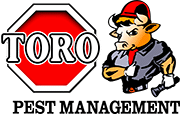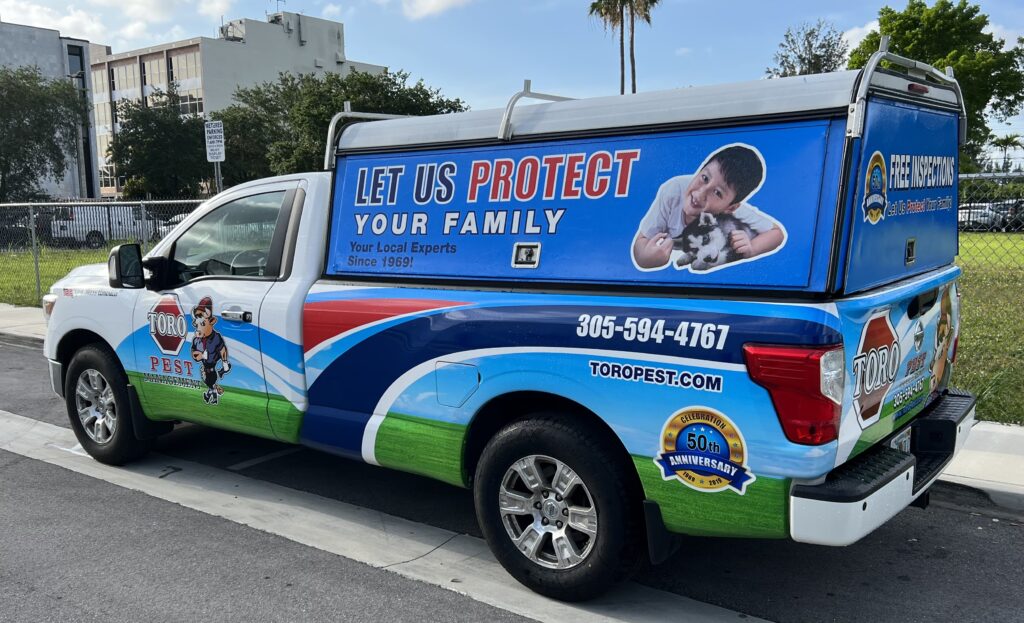Termites are one of the most destructive pests that can infest homes and buildings. Among the different species of termites, the Asian subterranean termite is considered as one of the most invasive and destructive. As the name implies, this termite species is native to Southeast Asia, but it has spread to other parts of the world, including the United States, where it has become a major pest problem.
One of the most important aspects of controlling Asian subterranean termites is to understand their habitat and behavior. In this article, we will explore where Asian subterranean termites live and what makes their habitat ideal for their survival.
Subterranean Habitat
Asian subterranean termites are called subterranean termites because they live and nest underground. They are a social insect species, which means that they form colonies or nests that can consist of several million individual termites. These colonies are highly organized, with distinct roles and responsibilities for each individual.
The subterranean habitat of Asian subterranean termites offers several benefits that are essential for their survival. The underground environment provides a stable temperature and humidity, which is essential for the termites’ survival. Termites are sensitive to changes in temperature and humidity, which can affect their ability to forage for food and reproduce.
In addition, the underground environment provides protection from predators and other environmental factors that can threaten the colony’s survival. The soil around the colony provides a physical barrier that can prevent predators and other intruders from entering the nest. The soil also provides a source of moisture that is essential for the termites’ survival.
Feeding Habitat
Asian subterranean termites are known to feed on wood and other cellulose-based materials, including paper, cardboard, and insulation. These materials are abundant in many urban and suburban environments, which makes them an ideal food source for the termites.
Asian subterranean termites can be found feeding on various wooden structures in homes, including floors, walls, and roofs. They can also feed on other cellulose-based materials, such as paper and cardboard, which are commonly found in homes and buildings.
In addition to feeding on wooden structures, Asian subterranean termites can also feed on living plants and trees. They are known to feed on the roots and bark of trees, which can cause significant damage to the tree’s health.
Location and Distribution
Asian subterranean termites are native to Southeast Asia, but they have been introduced to other parts of the world, including the United States. They are most commonly found in the southern states of the US, such as Florida, Georgia, and Louisiana.
In Southeast Asia, Asian subterranean termites are found in tropical and subtropical regions. They are commonly found in forests and wooded areas, where they can feed on trees and other wooden structures. They are also found in urban and suburban areas, where they can feed on wooden structures in homes and buildings.
In the United States, Asian subterranean termites are most commonly found in coastal regions and areas with high humidity. They are commonly found in urban and suburban areas, where they can feed on wooden structures in homes and buildings.
Conclusion
Asian subterranean termites are a highly invasive and destructive pest that can cause significant damage to homes and buildings. Understanding their habitat and behavior is essential for controlling their spread and minimizing the damage they can cause.
Asian subterranean termites live and nest underground, where they are protected from predators and environmental factors. They feed on wood and other cellulose-based materials, which are abundant in many urban and suburban environments. They are native to Southeast Asia but have been introduced to other parts of the world, including the United States.



